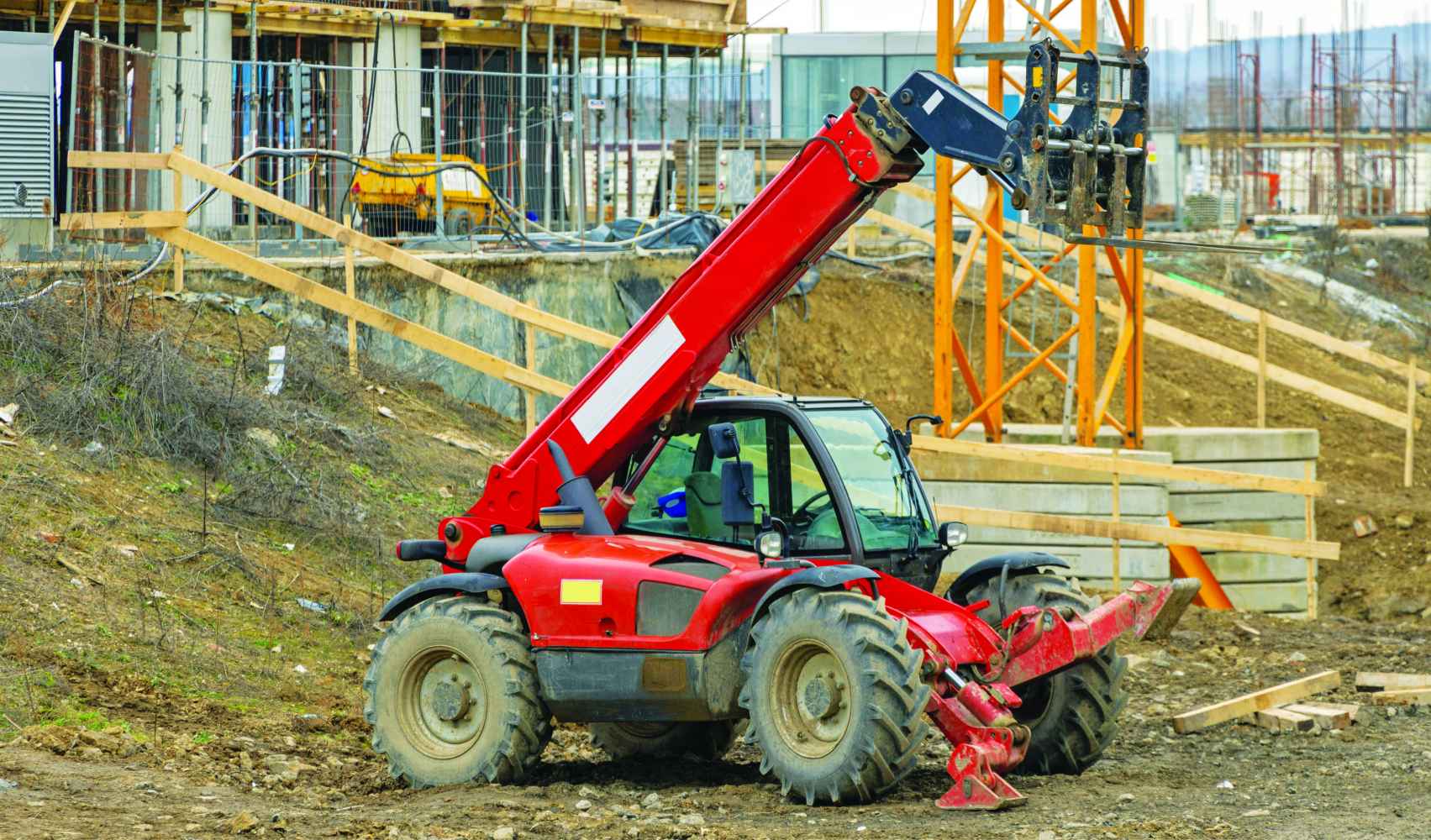
Equipment investments are a balancing act. While new telehandlers and forklifts are the right choice for many operations, economic and financial factors also have fleet owners and operators turning to the used equipment market to use capital more effectively.
Purchasing a used machine can help you stick to your budget without sacrificing quality, safety, capacity or capability, and without breaking the bank, noted Boom & Bucket, a heavy equipment digital dealer.
In two online posts, the company’s experts, many who are equipment industry veterans from manufacturers and rental companies, outlined what to look for when used, reliable machines are the right choice for your business:
Inspect for Damage
Begin by inspecting the machine for signs of damage that go beyond typical wear and tear. Evidence of excessive damage can indicate that the machine was not properly used or maintained, which could result in costly repairs.
Here are the most important elements to inspect, and how to know whether they've been damaged:
Maintenance History
A used machine is only as good as the maintenance it received. Ask to see work orders and service records, and if the records show that the equipment received a structural repair for heavy loads, be sure to ask for the manufacturer’s documentation to ensure that the repairs meet their specifications.
Check the odometer and verify that the wear-and-tear on the forklift is on par with the number of hours logged. If you notice signs of significant wear or damage on parts of the machine, yet the odometer shows that it has not been used excessively, this could be evidence that the machine has not been used correctly.
Final Checks
Before making the purchase final, perform one last thorough inspection and test run to ensure the machine functions correctly. In a simulated work scenario, at certain loads, check its ability to lift and lower heavy loads, and that all systems and controls operate smoothly.
Revisit and inspect critical areas, including forks, mast operation, tires, chain and engines. Verify the odometer reading and confirm that any safety concerns identified in the initial inspection have been addressed or clarified by the seller.
Ensure all necessary legal documentation, including ownership transfer, warranty details (if any are required) and a bill of sale. Review the terms and conditions of the offer for the sale carefully before finalizing the offer to purchase.
Sourcing Reliable Sellers
A reputable seller or dealer can significantly impact the quality and reliability of a used machine that meets the operational requirements of your business.
When utilizing online search platforms and sites dedicated to used equipment sales, don't hesitate to reach out to manufacturers and established sellers for further information.
Certified dealers can also offer to refurbish and service machines, provide comprehensive service histories and warranties, ensuring a more reliable purchase.
Wrapping Up
Investing in used equipment offers an opportunity to balance quality and cost-effectiveness, but it also requires meticulous scrutiny and a keen eye for detail. Remember that while cost-saving is important, compromising on quality may lead to escalated maintenance costs in the long run.
Researching the price and market value of the specific make and model of machine you're interested in will also empower you during negotiations, allowing you to secure a fair price based on the equipment’s condition, price, capacity and performance.